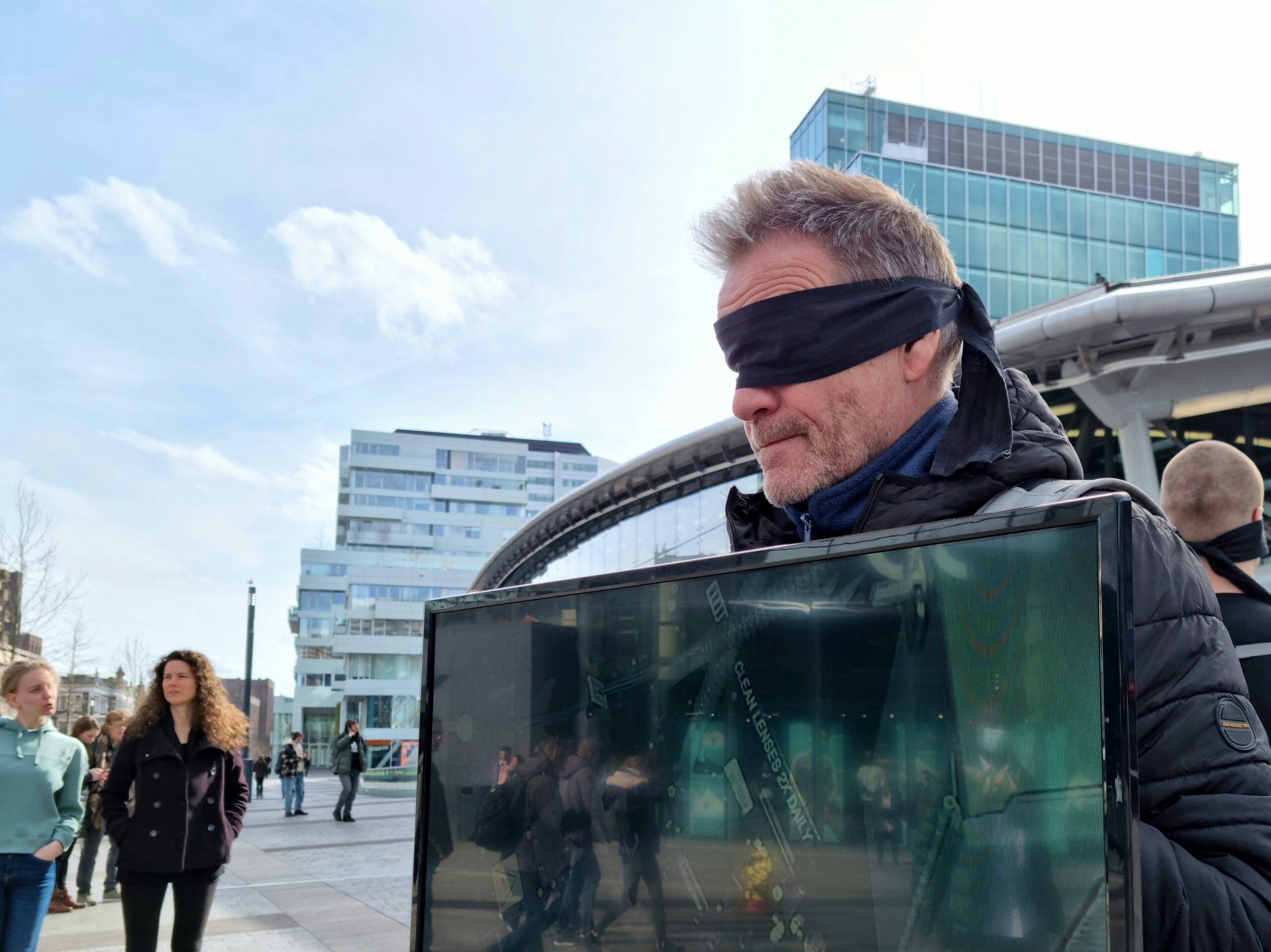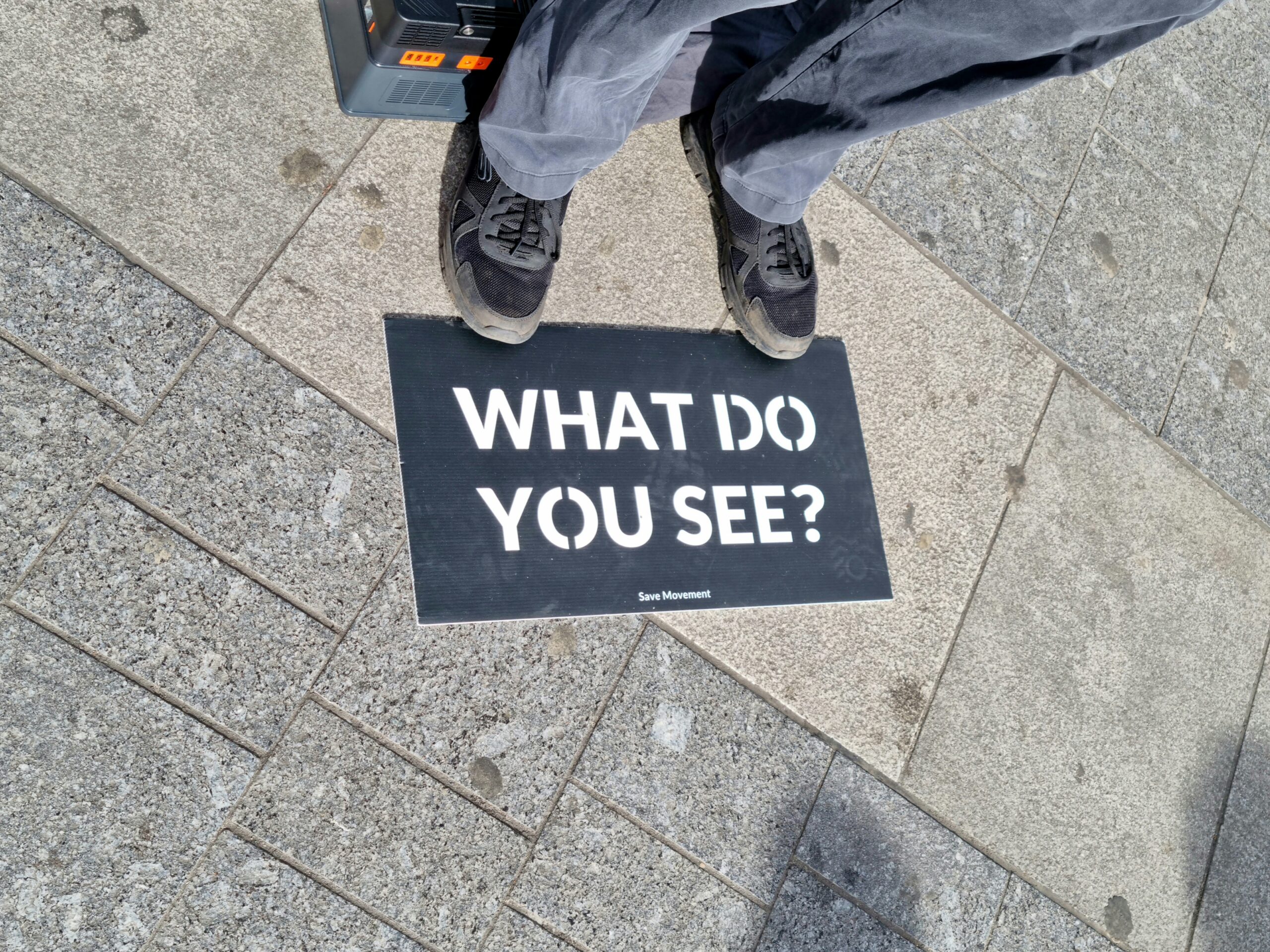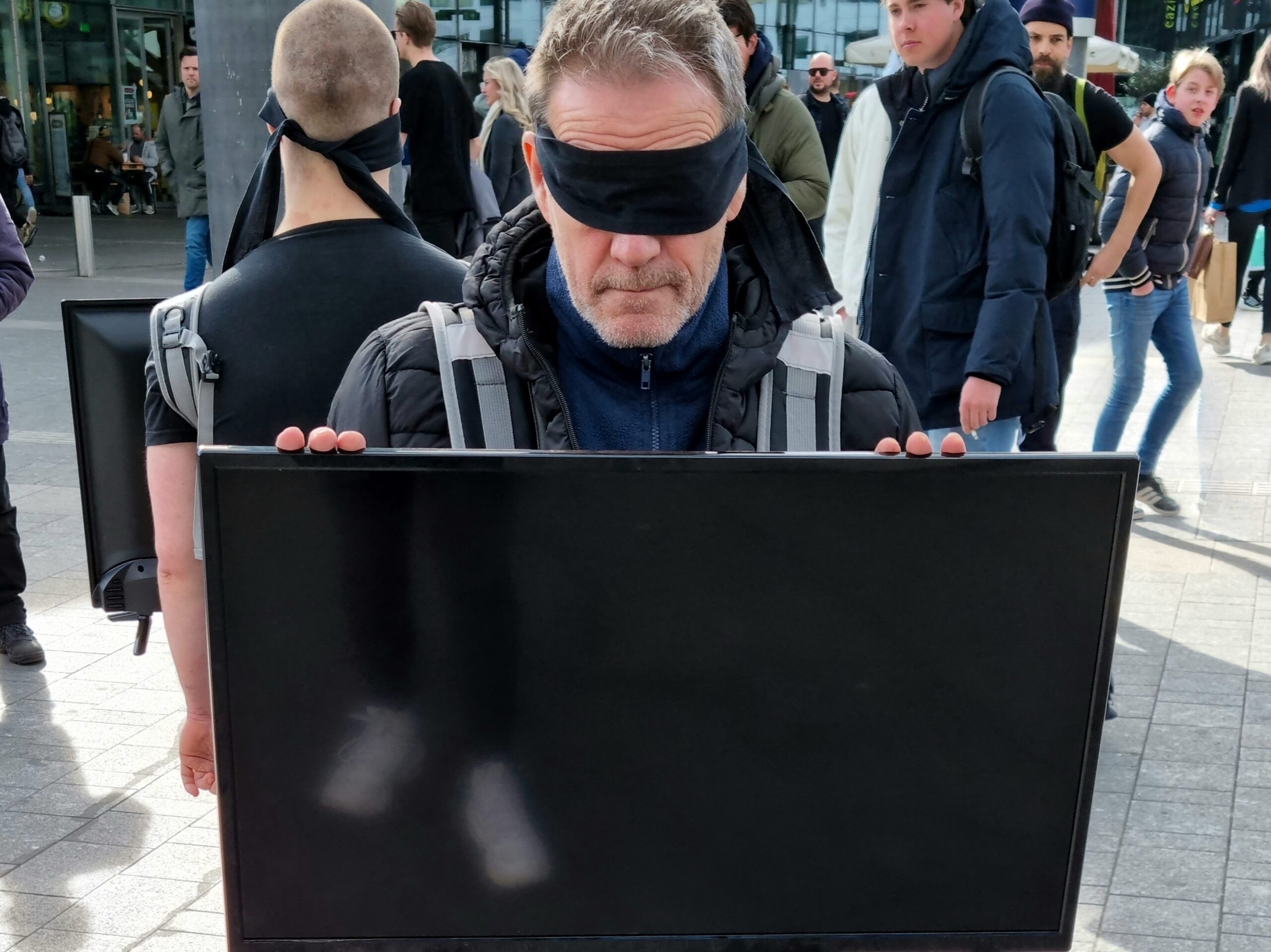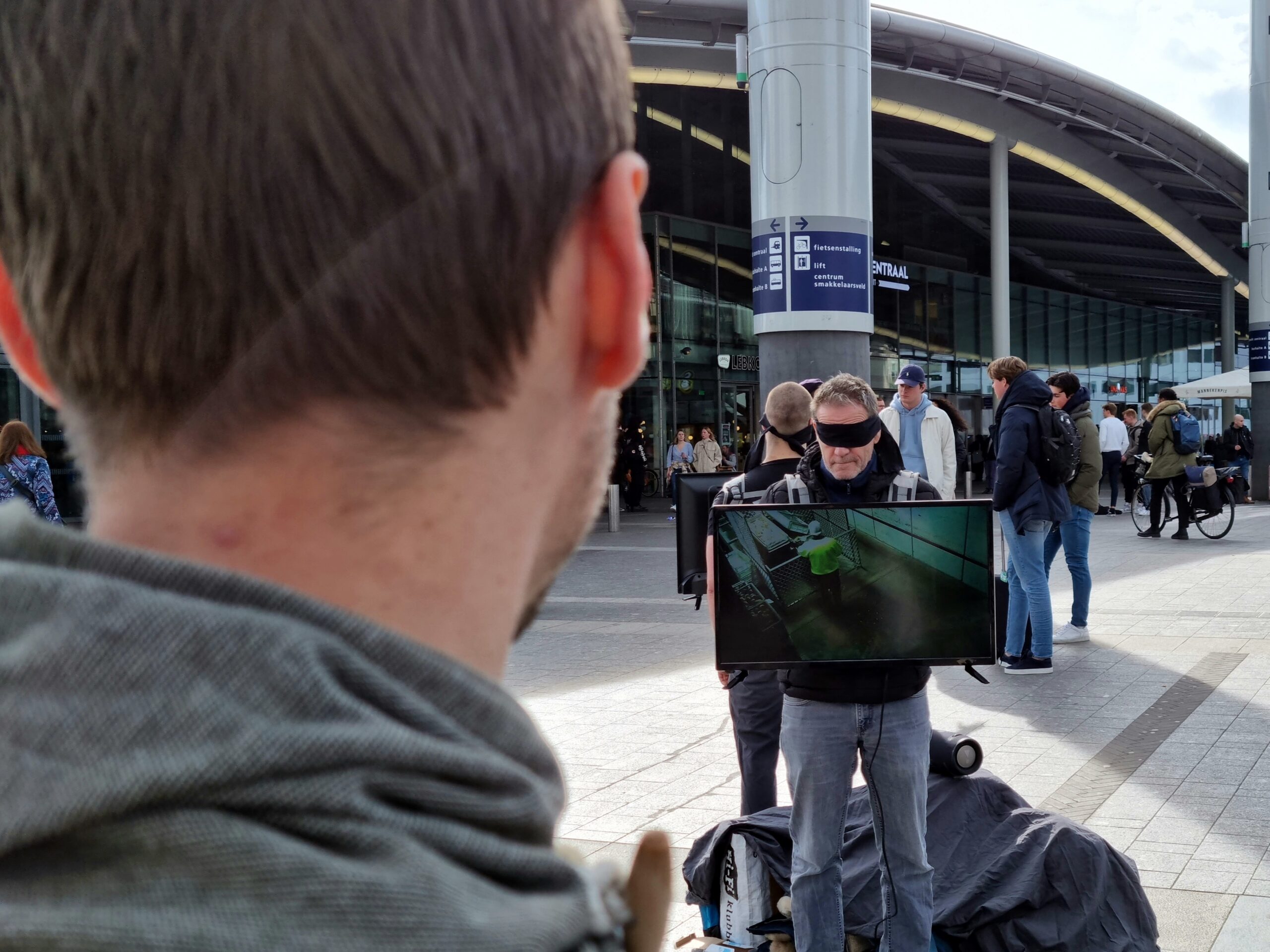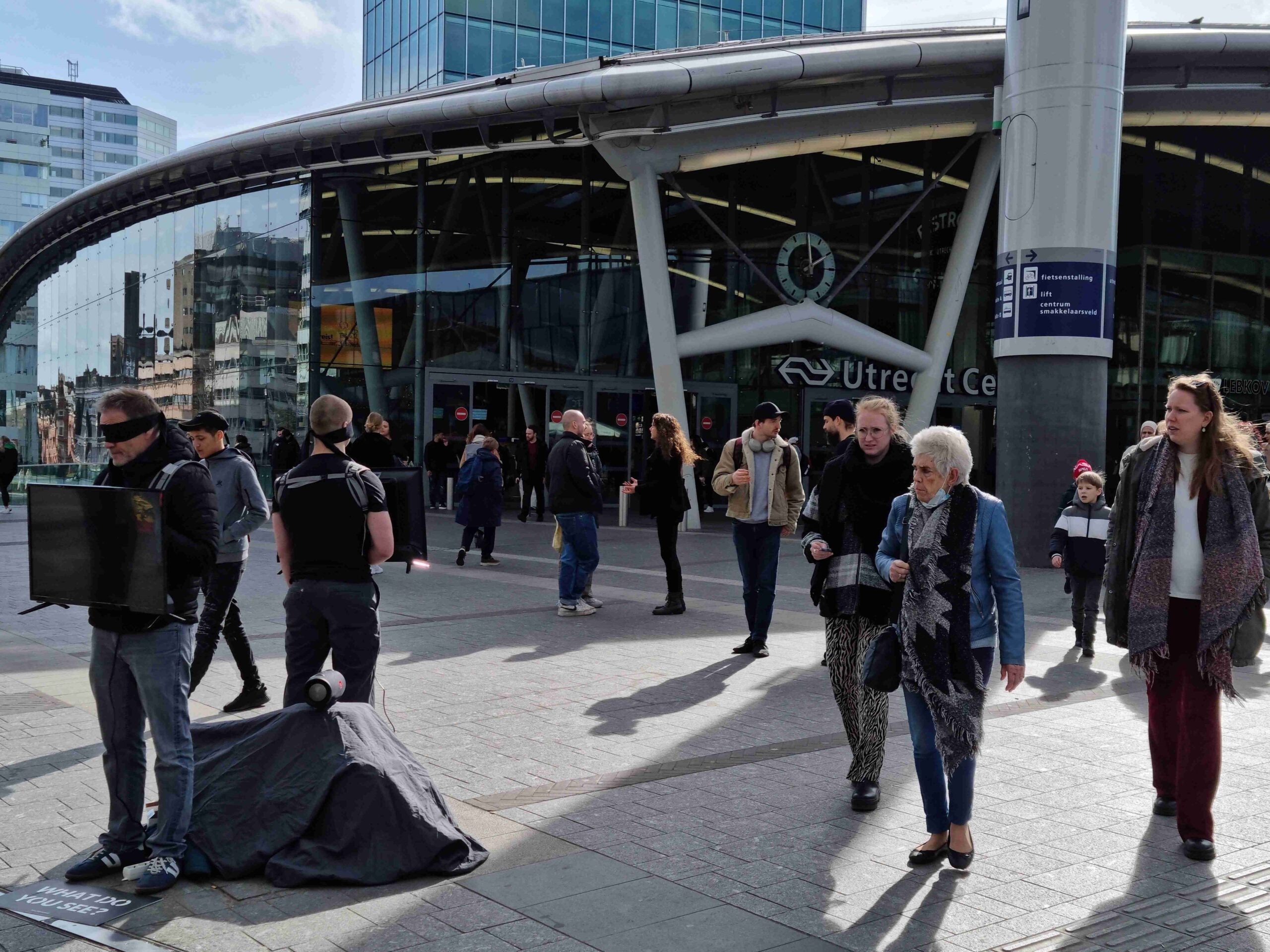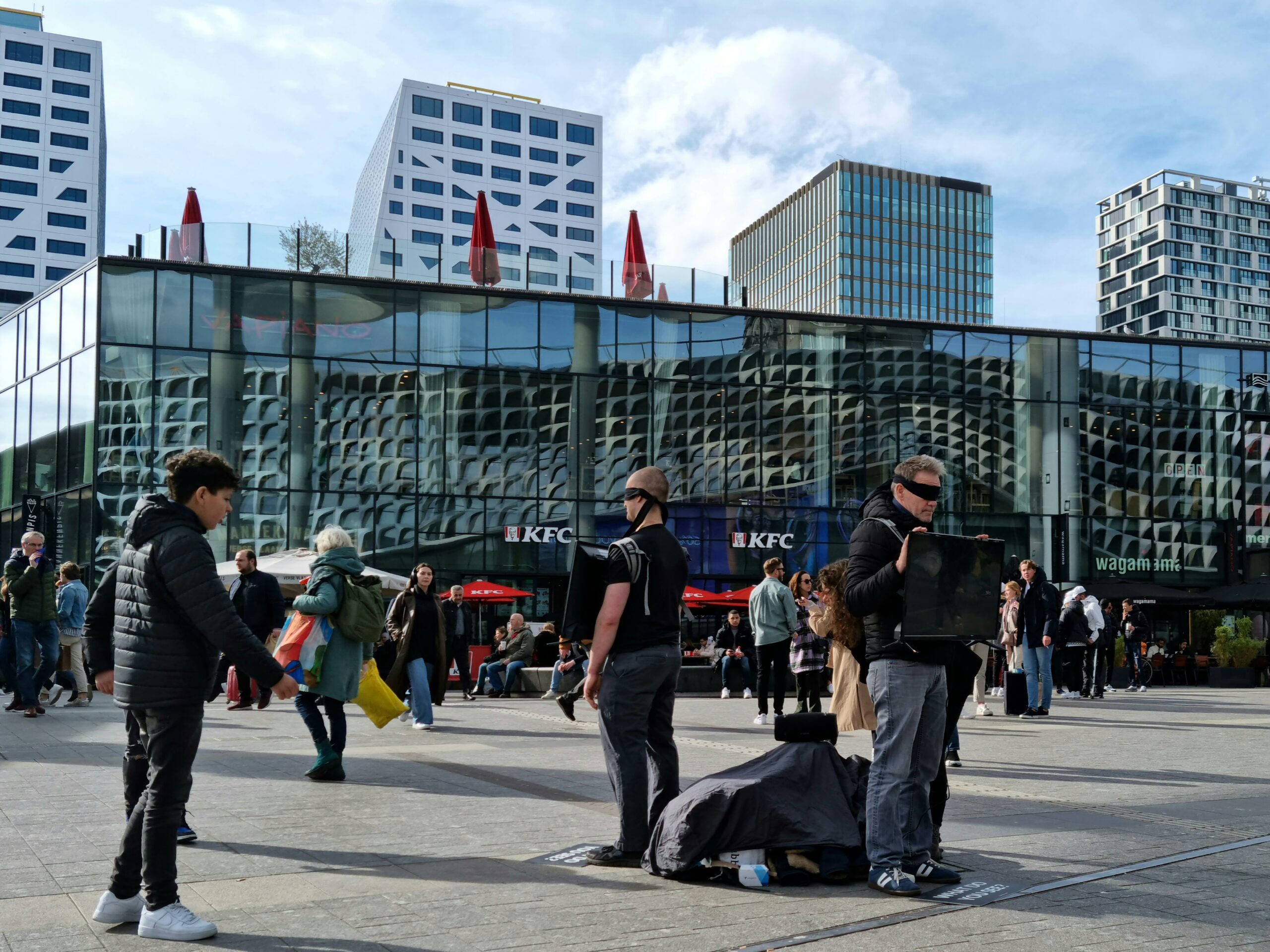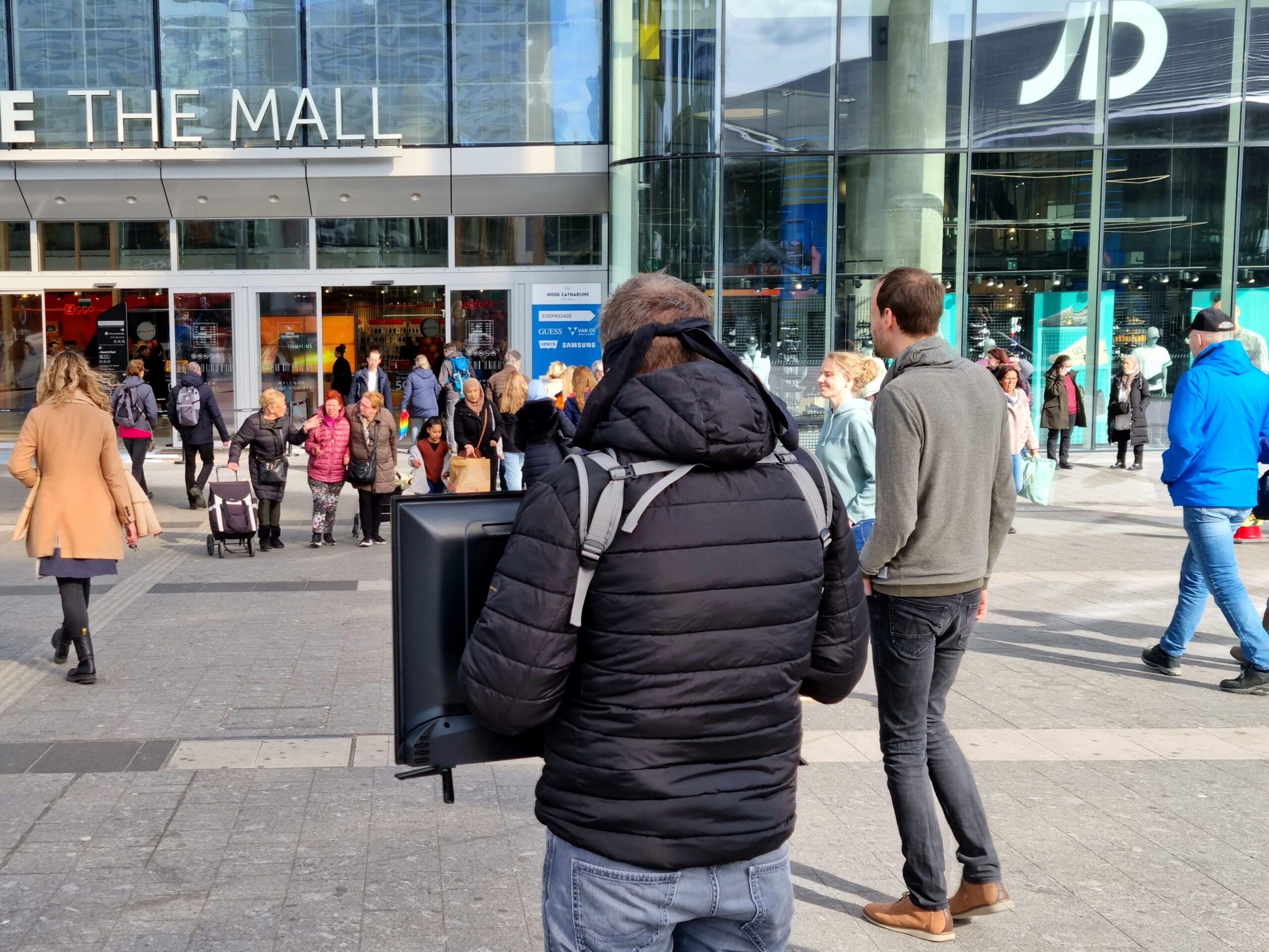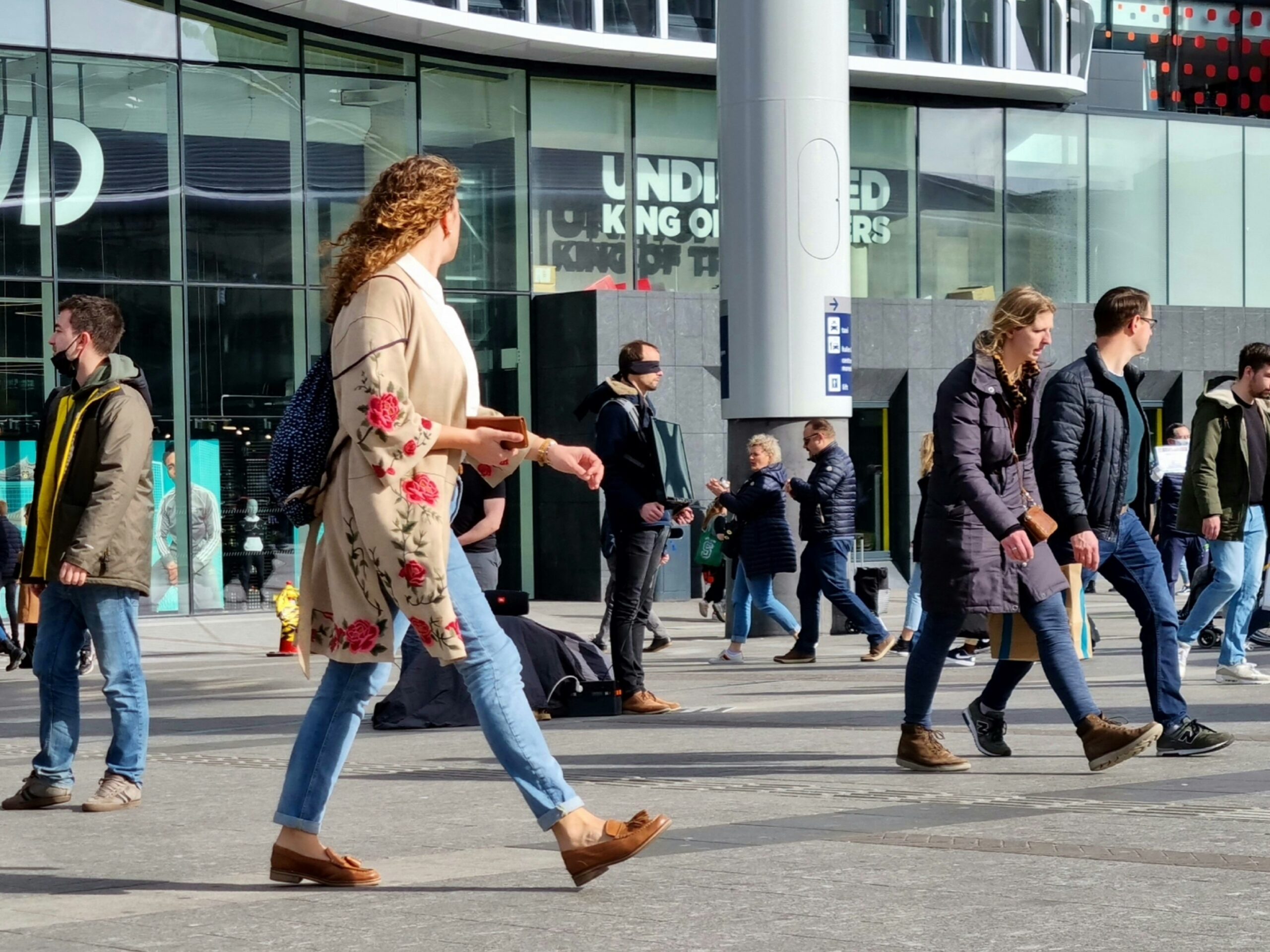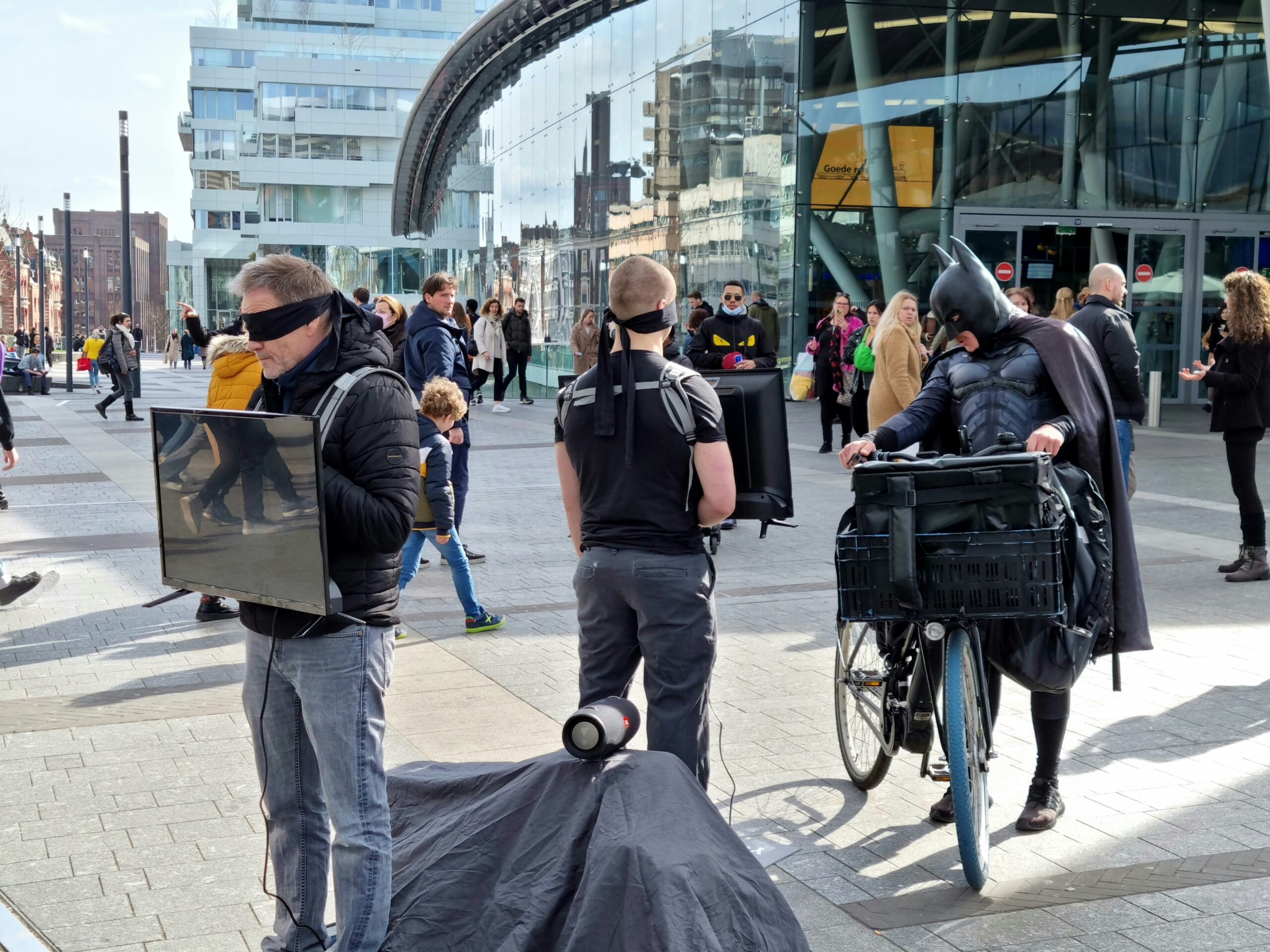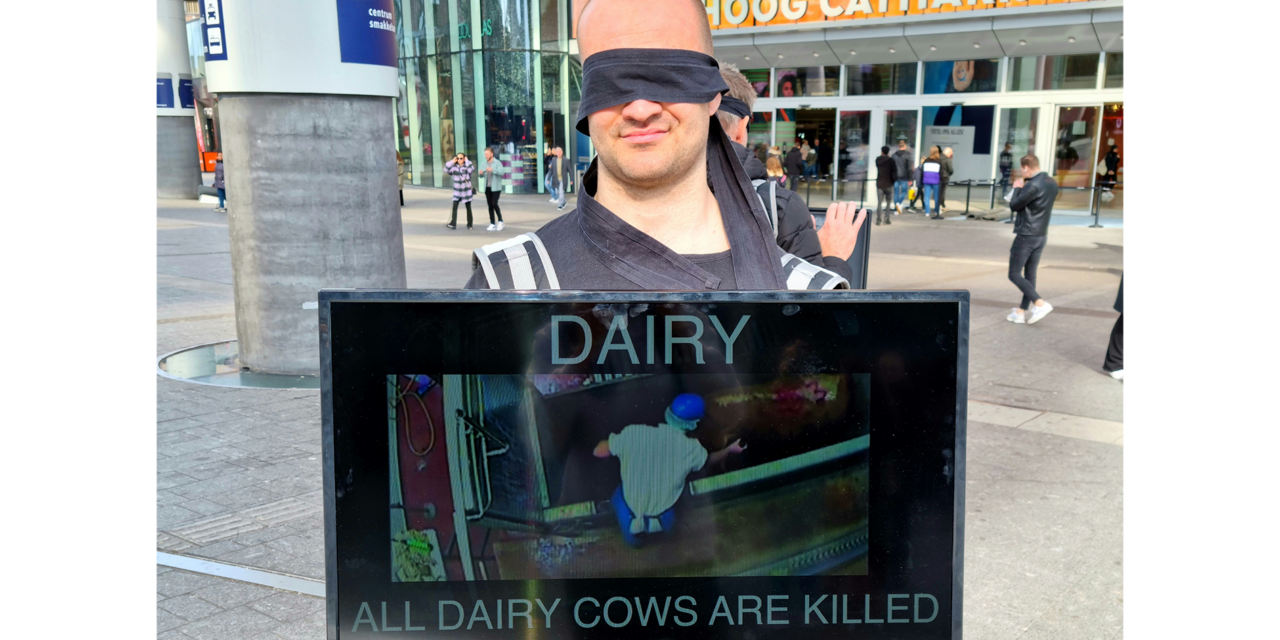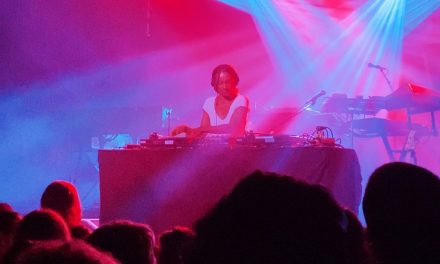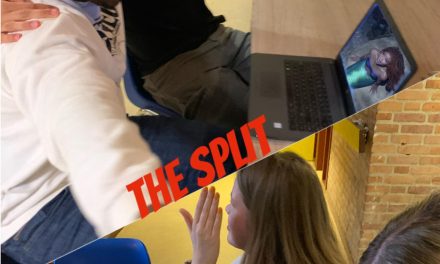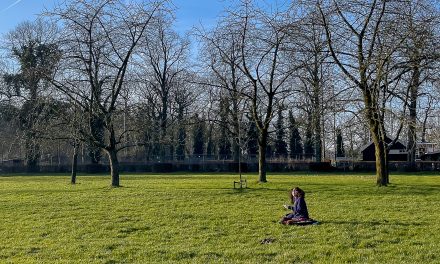On March 12, in the small square between Hoog Catharijne and Utrecht Central Station, amid the chaotic mess of fancy-dressed people, political parties’ personnel campaigning for the coming election, families enjoying the blessings of capitalism, and all other kinds of passerby, this group of animal rights activists stood still, blindfolded, oblivious to everything else.
In their hands, screens; on their screens, footage of animal abuse in the food industry. Though the activists were ignored by most people, busier with their own businesses, some intrigued folks would stop by and watch the horrendous images shown on the screens.
According to Chris Tiaan, organiser of the demonstration and one of the leaders of Animal Save Nederland in Utrecht, their goal there was to “raise awareness on animal suffering and introduce people to veganism – and ideally, encourage people to become activists themselves”.
But, is this rather graphic form of protesting an effective way to convince people?
Chris Tiaan couldn’t give a conclusive answer. However, he does think that, due to the frequency with which they organise this kind of demonstration, it does its job: “If you’d show this footage to people daily, they wouldn’t empathise with it anymore. But if they see it here once a month, it won’t get desensitised.”
He explains that the kind of footage used also helps, as the animals “are shown in a more individual level, instead of seeing a thousand chickens in a barn, which easily leads to desensitisation”, the person will see “an individual chicken looking back at you, almost interacting with you”.
Though focused on a different topic – smoking habits, in this case -, a study by Villanova University, the University of Arkansas and Marquette University suggests that highly graphic shocking images do have a strong impact on people’s intentions to change their consumption habits.
In the end, Chris Tiaan seems to have chosen his way of protesting just right, as he concluded: “cheap, easy to organise and effective!”
